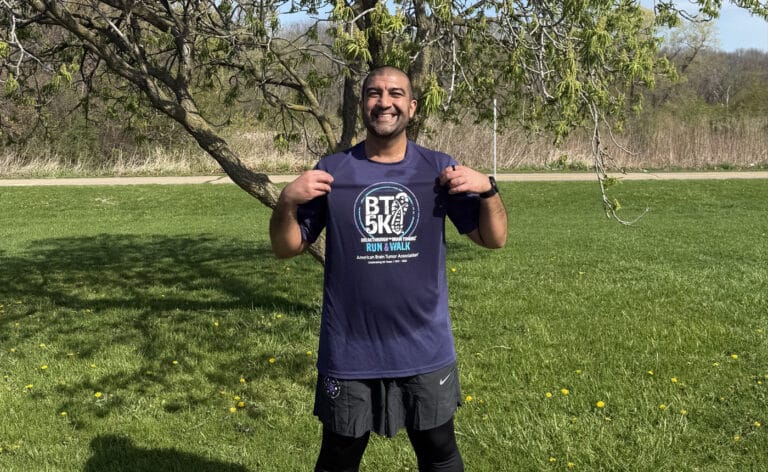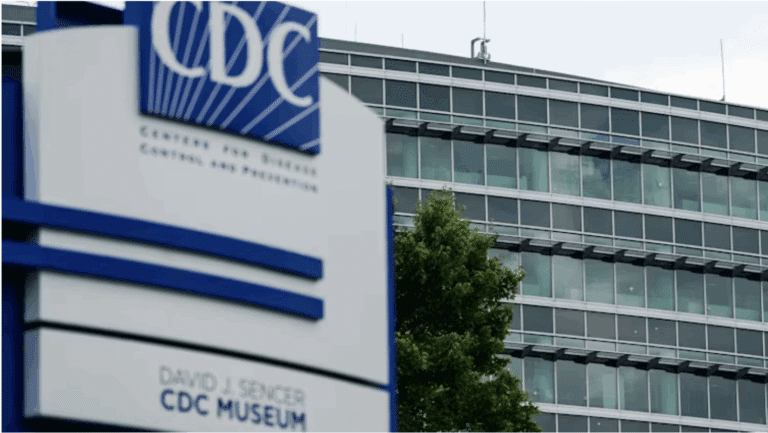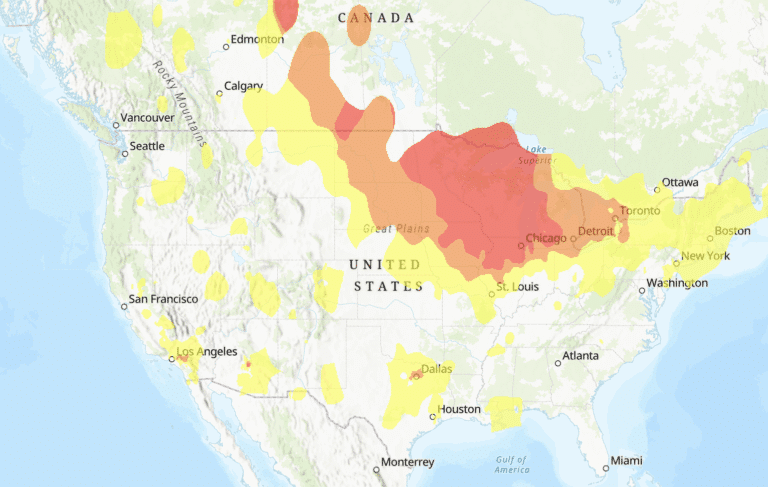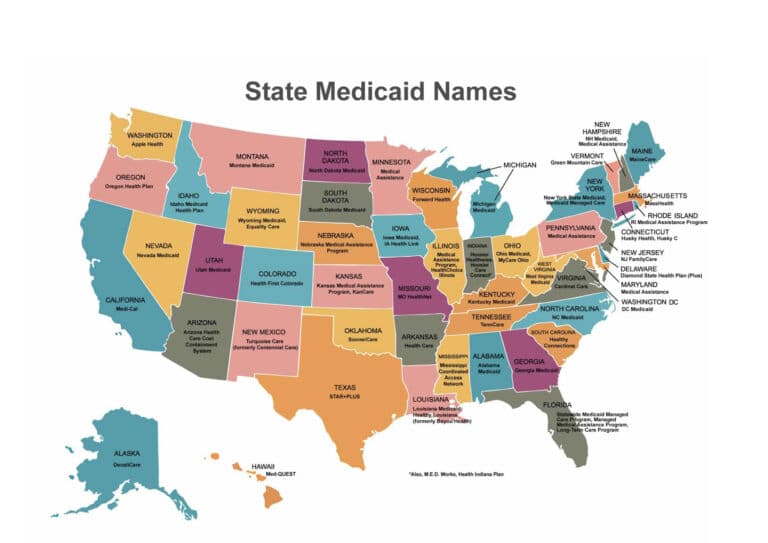Marie Syzdek, 54, grew up thinking that migraines were a normal part of life.
Ever since she was a teenager, Syzdek suffered from migraines—a constant low-grade headache, that peaked several times a week into a painful, throbbing, full-blown attack. When she got married and had children, her family often would find her lying on the couch, unable to function. “I work, I have kids, a social life,” says Syzdek, an ambulatory nurse at Evanston Hospital. “It would control my life.”
Migraine and Headache Awareness Month, observed in June, recognizes that constant migraines are not normal.
Migraines affect women more often than men. Boys and girls develop migraines at a similar rate, but at the onset of puberty, the incidence in females increases significantly (as high as 18 percent of all women) while the incidence in males remain unchanged (about 6 percent of men), says Susan Rubin, MD, a neurologist with NorthShore University HealthSystem. “It is felt that estrogen can increase the hyperexcitability of nerves, making it easier to trigger a migraine. That may be why women have more migraines,” she says.
Nearly three out of four people who suffer migraines are women, says Michael Hanak, MD, assistant professor of family medicine at Rush University Medical Center. The highest prevalence tends to be among women in their 30s.
“Menstrual cycles are often tied to episodes of headache, both migraine and non-migraine,” Hanak says. This is likely due to complex pathways in the body involving hormones and their influence over chemicals known as neuropeptides in the brain.”
Triggers and treatments
While some medications can ease symptoms, physicians are exploring preventive therapies, including using anti-inflammatories during times when migraines tend to start, such as during a menstrual cycle. Other therapies involve some high blood pressure medications that can reduce frequency and severity of migraines.
Migraines can also be treated through dietary restrictions. Tyramine, a naturally occurring compound in some foods, is broadly recognized as a potential headache trigger.
“We see high levels of tyramine associated with foods that are aged, fermented or have MSG, nitrates or nitrites added,” Hanak says. “Avoiding things like sausages, preserved meats, aged cheeses, soy sauce, dried fruits and more than one or two beers or glasses of wine can help prevent migraine headaches.”
Other factors are often at play. For example, chocolate is commonly thought to trigger migraines, but it is often eaten when a woman is hungry, tired and premenstrual—all headache triggers on their own. In fact, Rubin says, chocolate is likely to be a craving in response to the onset of a headache. It contains theobromine, a caffeine-like substance, and serotonin, which is often low in the body during a migraine.
Rubin and Hanak both recommend supplements like magnesium, B2 (riboflavin) and butterbur, as studies have shown them to be good preventatives of migraines. In addition, Hanak recommends coenzyme Q10. For some patients, particularly those with frequent migraines, Botox injections can be given every few months to key sites around the head.
Calcitonin Gene-Related Peptide (CGRP) antagonists are also in the testing phase as a once-a-month intravenous infusion to reduce the frequency of migraines. CGRP is a chemical released at the onset of a migraine, and researchers have found that blocking it can reduce the development of migraines.
Hanak is particularly excited about a new drug under development—a CGRP receptor antibody given as an injection every two weeks for people with four or more monthly attacks. The drug, which is still in development and does not yet have a name, could completely stop migraine attacks in one-third of affected patients and bring 75 percent fewer attacks to those who still suffer, he says.
Healthy lifestyle changes also can help reduce migraines. Managing high blood pressure, exercising regularly, getting adequate sleep and keeping stress levels down can all impact headaches of any kind.
Easing the pain
Overtreating migraines can often make them worse, which is why preventing pain is so important. “The more headaches a person has, the more likely they will develop tolerance to their pain medication and develop rebound headaches,” Rubin says. Rebound headaches, she explains, are headaches that occur after the medication wears off, leading to a vicious cycle of migraines. “The primary goal of treatment should be prevention, while providing relief for the occasional headaches that do occur.”
Patients who experience headaches should see their primary care physician before seeking out a specialist. Specific clinical criteria need to be met for a headache to be classified as a migraine, Hanak says.
“Certain treatments only work for migraines and not other forms of headache, so it is important to be sure before initiating treatment,” Hanak further explains. “Headaches that turn out not to be migraines can stem from a broad variety of causes, which a primary care doctor is trained to recognize and explore. These can range from depression, dehydration, high blood pressure to diabetes.”
Once migraines have been diagnosed and initial treatments have been unsuccessful, then it may be worth connecting with a neurologist to discuss further management.
New treatments include an iontophoretic transdermal patch (which delivers medications through the skin using an electric current), a breath-powered nasal powder (a device placed up to the nose that is activated when the patient blows into it) and a device that delivers medication to the back of the nose to block the sphenopalatine ganglion—a collection of nerve cells that act as pain sensors. These abortive treatments are used to ease the pain of a migraine once one occurs.
As for Syzdek, she found migraine relief eight years ago with the nerve-blocking agent Topamax and Neurontin. Her co-workers noticed an immediate difference. She didn’t constantly look tired at work. Her kids didn’t see her parked on the couch all the time. She wasn’t plagued by the constant fear of a migraine. “I don’t worry that I’m going to get a headache,” she says. “My life is so much improved.”














